Introduction
Hey there, starry-eyed friends! Ever looked up at the sky and wondered about that shining star that makes our world go ’round? Well, buckle up because we’re about to take a joyride into the incredible world of our not-so-ordinary Sun. This fiery ball of gas isn’t just lighting up our days—it’s the VIP behind the scenes, making life on Earth possible. Join me in this blog post as we reveal the secrets of our Sun, from what it’s made of to its stellar role in our solar system, and the cool ways it affects life as we know it!
The Anatomy of the Sun
Our Star is a G-type main-sequence star, specifically a G2V star. It is approximately 4.6 billion years old, providing a stable and reliable source of energy for our solar system. Comprising mostly hydrogen and helium, it’s core is a crucible of nuclear fusion, where hydrogen atoms merge to form helium. This process releases an enormous amount of energy, manifesting as heat and light, which we experience as sunlight.
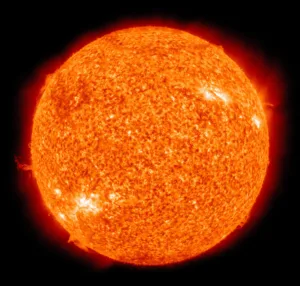
The Sun’s Influence on Our Solar System
The Sun’s gravitational pull is the glue that holds our solar system together. Its immense mass and gravitational force keep planets, moons, asteroids, and comets in their orbits. The Sun’s gravity shapes the trajectories and movements of celestial bodies, ensuring the order and stability of our cosmic neighborhood.
The Sun’s Impact on Climate
The Sun is also a crucial factor in influencing Earth’s climate and weather patterns. Changes in the Sun’s energy output can lead to variations in climate on Earth. For instance, fluctuations in solar radiation contribute to phenomena like the solar cycles and can impact our planet’s climate over long periods.
Day and Night Cycle
The Sun plays a fundamental role in our daily lives, marking the passage of time with its radiant presence. The Earth’s rotation on its axis creates the cycle of day and night. As the Earth rotates, different parts of the planet are exposed to the Sun’s light, resulting in the alternating patterns of daylight and darkness that govern our daily activities.
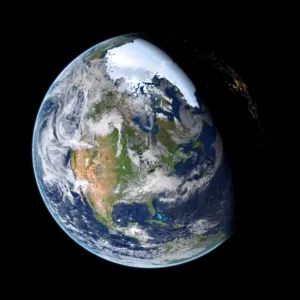
Sun as the Source of Life
The Sun is the ultimate source of life on Earth. It provides the energy necessary for photosynthesis in plants, which forms the foundation of the food chain. Its warmth and light are essential for the survival of countless species, including humans. Without the Sun, life as we know it would not exist.
The Beauty of Sunrise and Sunset
One of the most breathtaking and inspiring sights is the rising and setting of the Sun. The scattering of sunlight by the Earth’s atmosphere can create vibrant and mesmerizing colors in the sky, from fiery reds and oranges to soft pinks and purples. Sunrise and sunset are moments of peace, reflection, and wonder.
Solar eclipse
A solar eclipse is a fascinating cosmic dance involving the Sun, Moon, and Earth. Picture the Moon gracefully positioning itself between the Sun and us, reducing its shadow on Earth and temporarily dimming sunlight. This celestial magic show transforms the Sun into a cosmic mystery, with the Moon perfecting fitting into place. The result is a spectacular moment of natural wonder, drawing people from all around to witness this extraordinary event. It’s a rare and mesmerizing celestial spectacle.
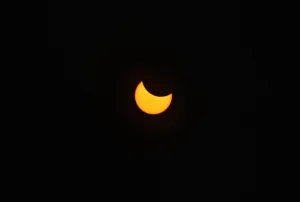
Conclusion
In conclusion, the Sun isn’t just a far-off thing—it’s like the cheerful heart of our cosmic neighborhood, making our world bright and lively. We can’t help but be fascinated by its beauty and the cool stuff it does. The more we learn about it, the more connected we feel to this giant space buddy. The Sun’s job in keeping our lives going on this awesome blue planet is seriously mind-blowing. So, let’s keep soaking up its warmth and enjoying the incredible force that makes our existence a sunny adventure – our amazing Sun!
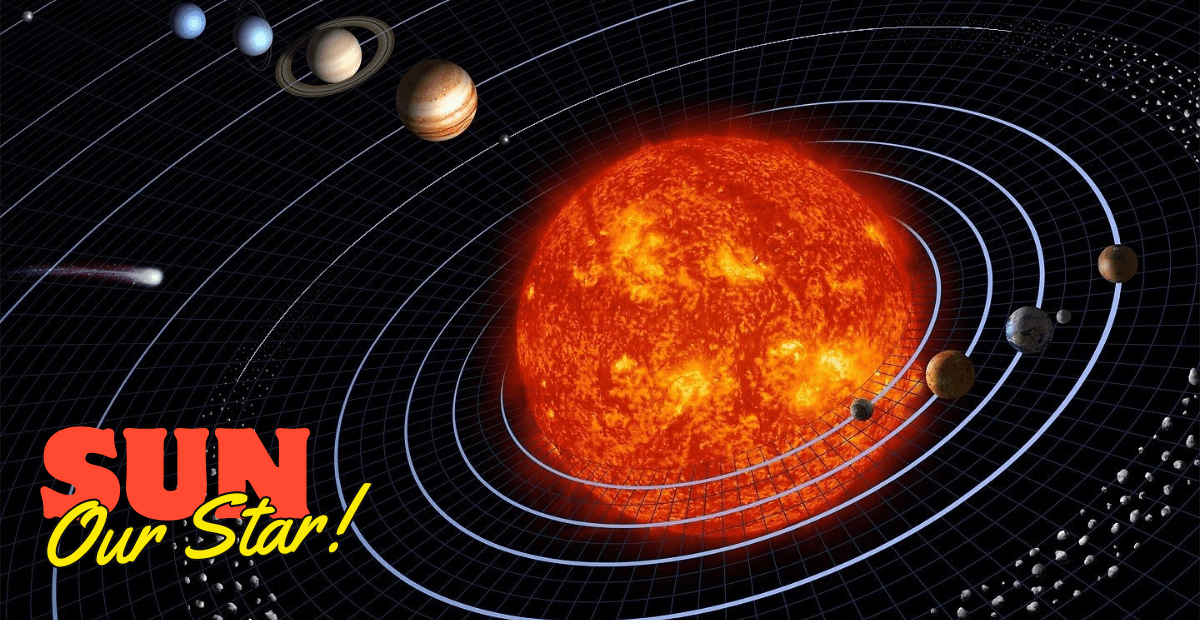






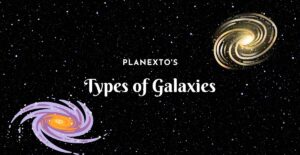

14 thoughts on “Sun: Our Lifeline in the Cosmos”